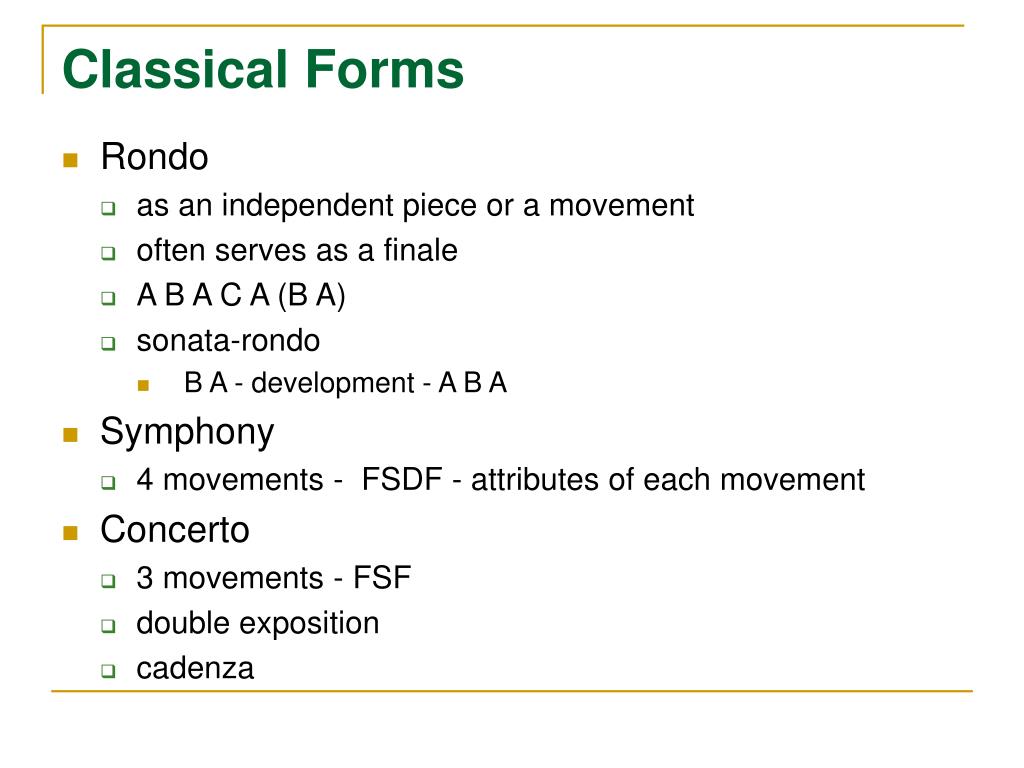

Choose Shape Designer > Rulers and Grid.Click Create to display the Executable Shape Designer dialog box, then Shape ID.Select Execute Shape, then click the Select button.The Expression Designer dialog box appears. OPTION+double-click the expression's handle.When the Expression Selection dialog box appears, click the desired symbol, click Edit, then skip to step 3. If you haven’t yet placed the mark in the score, double-click any place on a staff. To easily record, or ‘conduct,’ a unique tempo change for any region, use TempoTap.

#Tempo alterations finale 2014.5 not working how to
The instructions below describe how to assign a tempo change to an expression that can be added to the score at any time. However, you can also define your own precise tempo changes manually. Noteman says: To use manually defined tempo or dynamic markings for playback, set Human Playback to None.įinale’s Human Playback feature automatically recognizes text expressions such as “accel.” and applies tempo adjustments accordingly during playback (see Playback Controls for details). You have just added an expression to the expression library - it is now available to use elsewhere in this document. To adjust the marking, drag its handle to remove it, click the handle and press DELETE. Click OK and then Assign to return to the score.Type “accel.” or “accelerando.” Finale automatically applies the font, size, and style of the Tempo Alterations category.If you do not see the "accel." expression, continue: Positioning is based on the Tempo Alterations category settings (see Category Designer). Finale places the "accel." expression into the score. If you see the “accel.” expression in the list, double-click it.All the tempo alteration expressions appear in the preview window.

The Expression Selection dialog box appears.


 0 kommentar(er)
0 kommentar(er)
